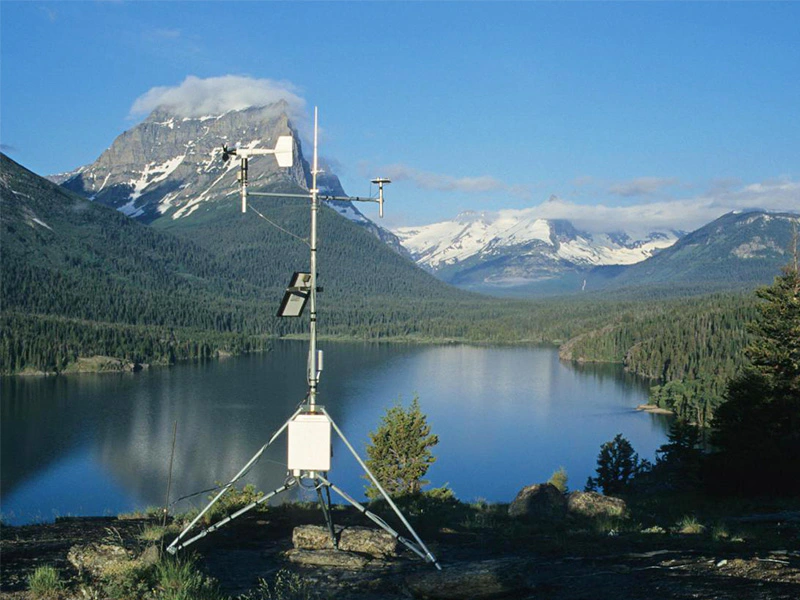
# What is a Weather Station?
A weather station is a facility equipped with instruments and sensors designed to measure and record various atmospheric conditions. These stations play a crucial role in meteorology, agriculture, aviation, and many other fields by providing accurate weather data.
## Components of a Weather Station
Modern weather stations typically include several key components:
– Thermometer: Measures air temperature
– Barometer: Records atmospheric pressure
– Hygrometer: Measures humidity levels
– Anemometer: Tracks wind speed and direction
– Rain gauge: Measures precipitation amounts
– Pyranometer: Measures solar radiation
## Types of Weather Stations
Weather stations come in different configurations depending on their purpose and location:
### Personal Weather Stations
These are smaller, consumer-grade devices often used by weather enthusiasts or homeowners. They provide localized weather data and can connect to personal computers or smartphones.
### Professional Weather Stations
Used by meteorological organizations, these stations are more sophisticated and accurate. They often transmit data to central databases for weather forecasting.
### Automated Weather Stations (AWS)
These unmanned stations automatically collect and transmit weather data, often in remote locations where human observation isn’t practical.
## Importance of Weather Stations
Weather stations serve multiple important functions:
– Weather forecasting and prediction
– Climate monitoring and research
– Agricultural planning and irrigation management
– Aviation safety and flight planning
– Severe weather warnings and alerts
## How Weather Data is Used
The information collected by weather stations helps in various ways:
Meteorologists use the data to create weather models and forecasts. Farmers rely on weather station information to make decisions about planting, irrigation, and harvesting. Emergency services use weather data to prepare for and respond to severe weather events. Climate scientists analyze long-term weather station records to study climate change patterns.
## Setting Up a Weather Station
For those interested in establishing their own weather station:
1. Choose an appropriate location away from obstructions
2. Select equipment based on your needs and budget
3. Ensure proper installation and calibration
4. Maintain regular cleaning and maintenance
5. Consider connecting to weather networks to share data
## Future of Weather Stations
Technological advancements continue to improve weather station capabilities:
– Increased automation and remote monitoring
– Integration with IoT (Internet of Things) devices
– Higher precision sensors with lower power requirements
– Expanded use of satellite and radar data integration
– Development of portable and mobile weather stations
Weather stations, whether simple or complex, provide valuable insights into our ever-changing atmosphere and help us better understand and prepare for weather conditions that affect our daily lives.
Keyword: what is a weather station